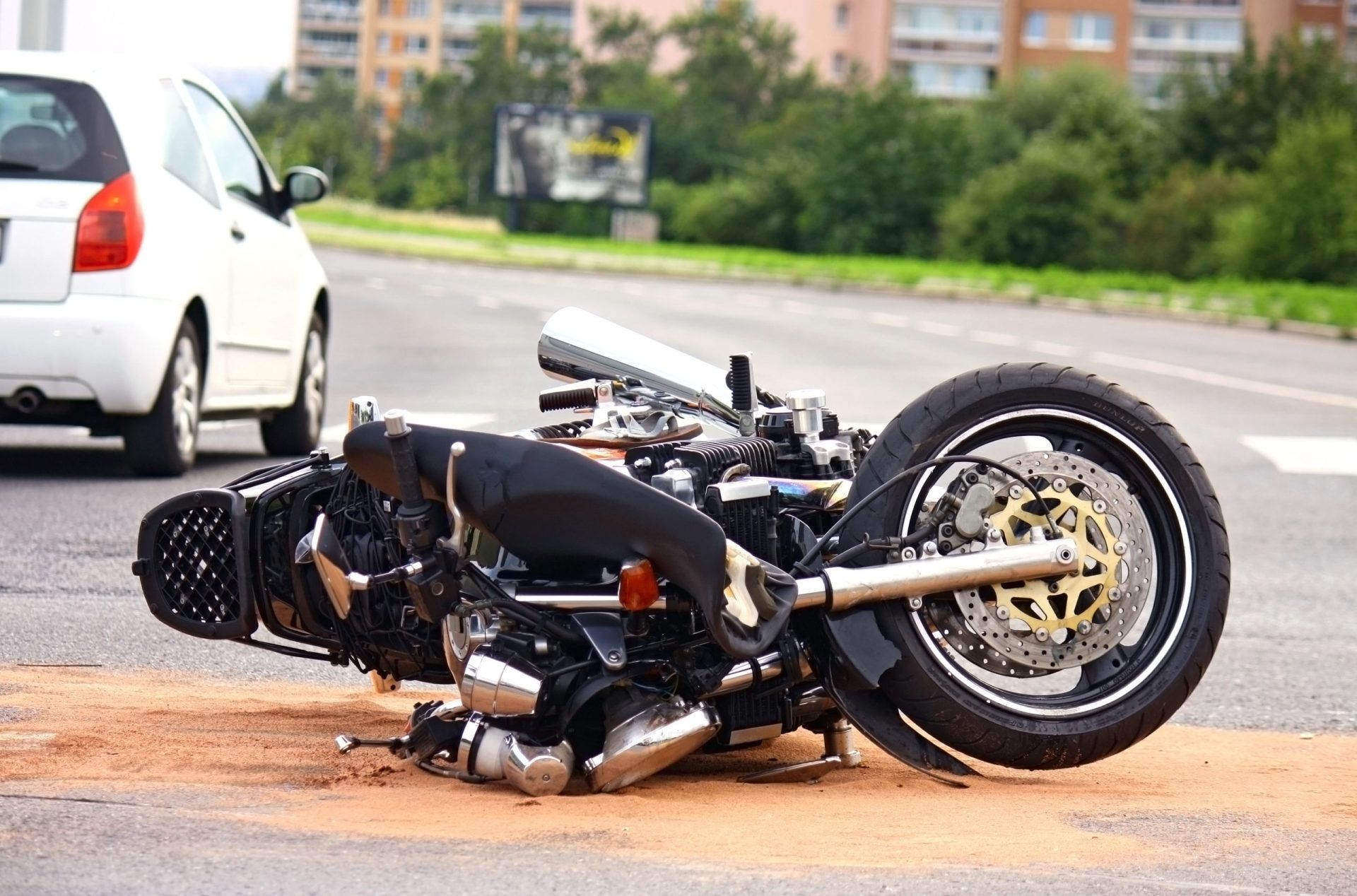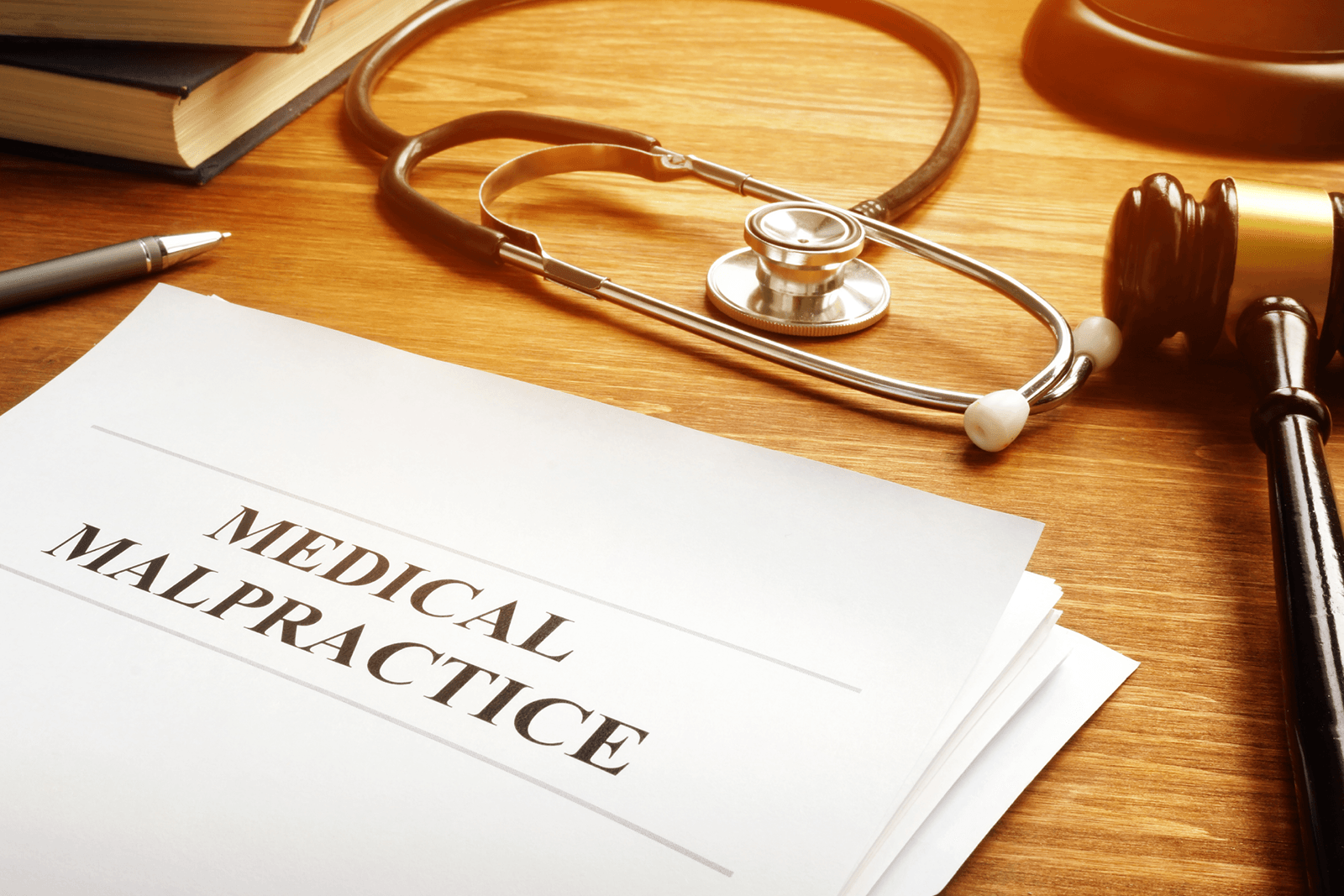155 N. Michigan Ave. Ste 540, Chicago, Illinois 60601
301 Channahon Street, Shorewood, Illinois 60404
Slip & Fall Accidents: Risk Factors, Causes and Settlements
Slip and fall accidents can often be portrayed through funny YouTube videos or as the punch line of a joke. In movies, people laugh when someone slips on a wet floor, slips a banana peel, falls off a latter, etc. It’s all fun and games, unless you are the one falling. In fact, about 9.2 million people were treated in emergency rooms for fall-related injuries in 2016. On any given day, you could slip on a slick spot or catch your heel in a sidewalk crack, falling hard and hurting yourself. Slip and fall accidents are quite common, but especially for those 65 years of age or older.
According to the CDC, 3 million older people are treated in emergency departments for fall injuries each year. These incidents are common at home, at work, in a store or in a neighbor’s home. They can cause serious, life changing injuries and are never funny in real life. Everyone should understand who is most at risk for these accidents, what causes them, and know what to do if they are a slip and fall accident victim.
WHO IS MOST LIKELY TO SUFFER?
The Elderly
Almost anyone can be the victim of a slip and fall, but the elderly is the most vulnerable age group. According to the NCOA, “Falls are the leading cause of fatal and non-fatal injuries for older Americans. Falls threaten seniors’ safety and independence and generate enormous economic and personal costs.” As people age, they often suffer vision problems, lower body weakness, fragile bones, and even difficulty walking and balancing. Seniors are at risk of serious bone fractures that can compromise the quality of their lives. At least 300,000 older people are hospitalized for hip fractures each year. In fact, half of seniors who are hospitalized due to a hip fracture never fully recover from the injury. More elderly people die from the injuries sustained in a fall than those in any other age group.
Workers
For workers’ compensation alone, slip and fall accidents cost companies upwards of $70 billion a year. Slip and fall accidents are the main cause of worker’s compensation claims. Most of which are caused by slick floor slip and falls at work. Workers suffer from a number of slip and fall incidents, and these accidents are the main cause of missed work days. When you calculate the missed work days on top of the $70B that companies already spend, the real cost of slip and falls to American companies is about $100 billion. However, it’s not just the employees that have costly slip and falls. The average non-employee slip and fall costs companies way more than a workers’ comp claim. The average cost of a single slip and fall incident by a customer is just over $23,000.
People often picture slip and falls as involving heights, but that is not usually the case. Slip and falls don’t have to involve multi-level buildings and can easily take place in a single-story building. These accidents are shockingly common and can happen anywhere. Almost no one gets through life without slipping and falling numerous times.
COMMON CAUSES OF SLIP AND FALL ACCIDENTS
Indoor Causes
While property owners are not responsible for every fall that customers or visitors may experience inside their buildings, it is in their best interest to prevent them. Business owners are expected to fix potential hazards in a timely manner. A slippery floor, torn carpet, missing handrails, some cracked tile: these are all potential slip and fall accidents. Property owner could be liable if you slip and fall as a result of their negligence. Other potential causes of indoor accidents include:
- Failing to provide warnings about wet floors
- Using an excess amount of floor wax
- Debris/trash in the walkway or stairs
- Uneven floorboards
- Inadequate lighting
- Crowded stairwells
If some interior problem could cause an accident, the property owner needs to fix it as soon as possible. If you are a business owner or a third party involved in a slip and fall accident, it is important to seek out a professional personal injury attorney immediately.
Outdoor Causes
Most of the time, outdoor causes are due to causes out of anyone’s control. However, property owners are expected to perform regular maintenance on their buildings and grounds, although they are not responsible for every possible hazard. No one can create a risk-free environment, but they should do everything in their power to minimize risk. Common causes of outdoor slip and fall accidents include the following:
- Weather conditions: snow, rain, hail, and especially ice, can make surfaces slippery and lead to dangerous slip and fall accidents
- Lighting conditions: businesses that fail to provide adequate lighting can be liable for slip and fall accidents.
- Parking areas: many conditions in parking garages and lots can lead to potential accidents. Dim lighting, oil spills, uneven pavement, etc.
- Sidewalks: owners can be liable for poorly maintained sidewalks or driveways.
As you can see, there are a lot of ways in which slip and fall accidents can happen outside of a business. However, the business owners can still be liable.
Generally, it’s usually easier to find the owner liable for indoor slip and fall injuries as opposed to outdoor slip and fall injuries. Many personal injury cases require detailed analysis of all factors that could have played a role in an accident. If you own a business that is being sued, or you were the victim of the fall, it is important to speak to a qualified personal injury attorney as soon as possible.
SEEKING LEGAL ACTION
Whether you are a customer at a store or a worker injured on the job, slip and fall injuries often lead to legal action. An experienced personal injury attorney can advise you if you have a case or not. Determining fault in these accidents can be difficult and requires a skilled attorney. Whether you’re the victim, or the owner of the premises, you’ll be needing the expertise and input of a lawyer. Whiteside & Goldberg can represent you in court and ensure that you understand all the legal options available to you. For more information, take advantage of their free consultation. We never charge a fee until we win a settlement for you. Contact us today at by calling 312-334-6875 for the Whiteside & Goldberg Michigan Avenue location and 815-730-7535 for their Shorewood office.
The content of this blog is intended for informational purposes only and does not constitute or establish an attorney-client relationship, nor constitute legal advice. If you wish to discuss any further aspect of the material contained herein, please contact an attorney at Whiteside & Goldberg, Ltd.



WE HAVE A PROVEN TRIAL AND LITIGATION TRACK RECORD.
CALL WHITESIDE & GOLDBERG TODAY!
FREE CASE EVALUATION
Contact Us
We will get back to you as soon as possible.
Please try again later.
MENU
GET IN TOUCH
Chicago
155 N. Michigan Ave. Ste 540
Chicago, Illinois 60601
Shorewood
301 Channahon Street
Shorewood, Illinois 60404
Fax: 800-334-6034
STAY CONNECTED
Whiteside & Goldberg seeks justice for all injured victims. While we do whatever it takes to resolve a case in the shortest amount of time possible, we realize that going to trial is sometimes the only way to recover maximum results for our clients. W&G has a proven trial and litigation track record that spans across the nation. You will not find a more aggressive and more responsive law firm to your needs than W&G.
Whiteside & Goldberg Collection
©2022 Copyright | Whiteside & Goldberg | All Rights Reserved | Created by Olive + Ash. Managed by Olive Street Design.


